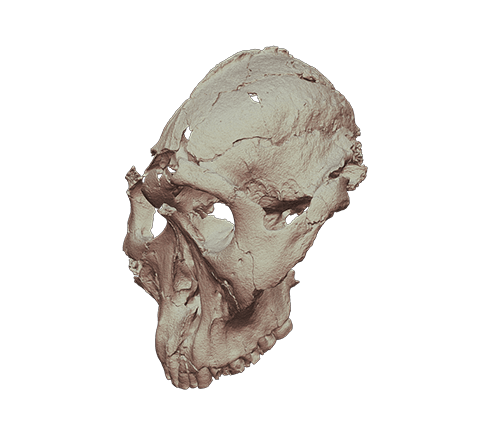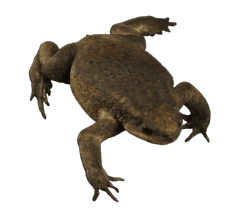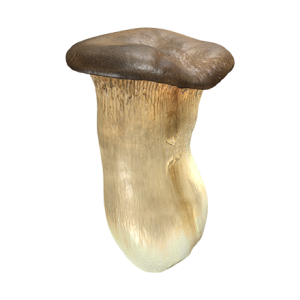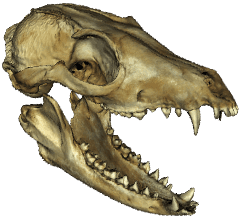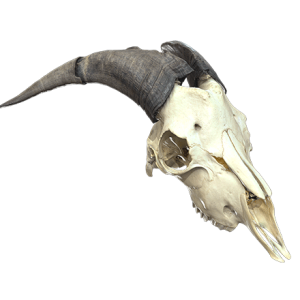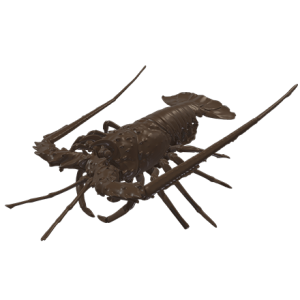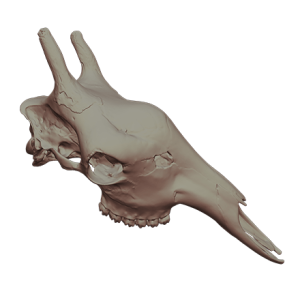Description
вАЬWithout our Artec 3D scanner and software, the reconstruction of the DNH 155 cranium that everyone’s reading about simply wouldn’t have been possible,вАЭ said La Trobe University researcher Jesse Martin. The lightweight, handheld Artec Space Spider scanned more than 250 fragments of this 2-million-year-old hominid skull exactly how and where they were found, as Martin and his team worked their way down through layer after layer of South African sediment. Altogether the excavation of the DNH 155 took more than 300 hours, during which Space Spider was used every step of the way.
Throughout the physical reconstruction process, where they painstakingly pieced back together the skull, both Space Spider and Artec Studio software proved crucial. In Martin’s words, вАЬWe scanned each fragment just seconds after it was found, with Space Spider capturing its exact location and orientation in submillimeter color 3D. Then, while we were reconstructing the skull, whenever any question came up about a certain fragment, we just referred to the scan in Artec Studio software, which meant having our answer right there in front of us.вАЭ
Martin continued, вАЬIn fact, the Space Spider scans are so precise and highly-detailed that when we later 3D printed the skull, the printed fragments slid together perfectly with the original neighboring fragments. All the fine edges and sutures just clicked into place without any gaps or other inconsistencies.вАЭ
Years earlier, it took Martin only about an hour of direct instruction to learn how to use the Space Spider. Ten hours later and Martin was proficient with it. вАЬThat’s not because I’m some kind of genius with scanning, but rather it’s a testament to the technology and how intuitive it is. What’s best about it is not only its power and ease of use, but also its portability, which makes it our go-to solution that we take out into the field with us all the time,вАЭ Martin said.
After physical reconstruction was complete, the DNH 155 cranium was scanned with Space Spider in less than 15 minutes. The resulting 3D model is what you see here today.
The scanning was supported by the University of Johannesburg, a La Trobe University PhD Scholarship to researcher Jesse Martin, and an Australian Research Council Discovery project Grant (DP170100056) to Professor Andy Herries.

